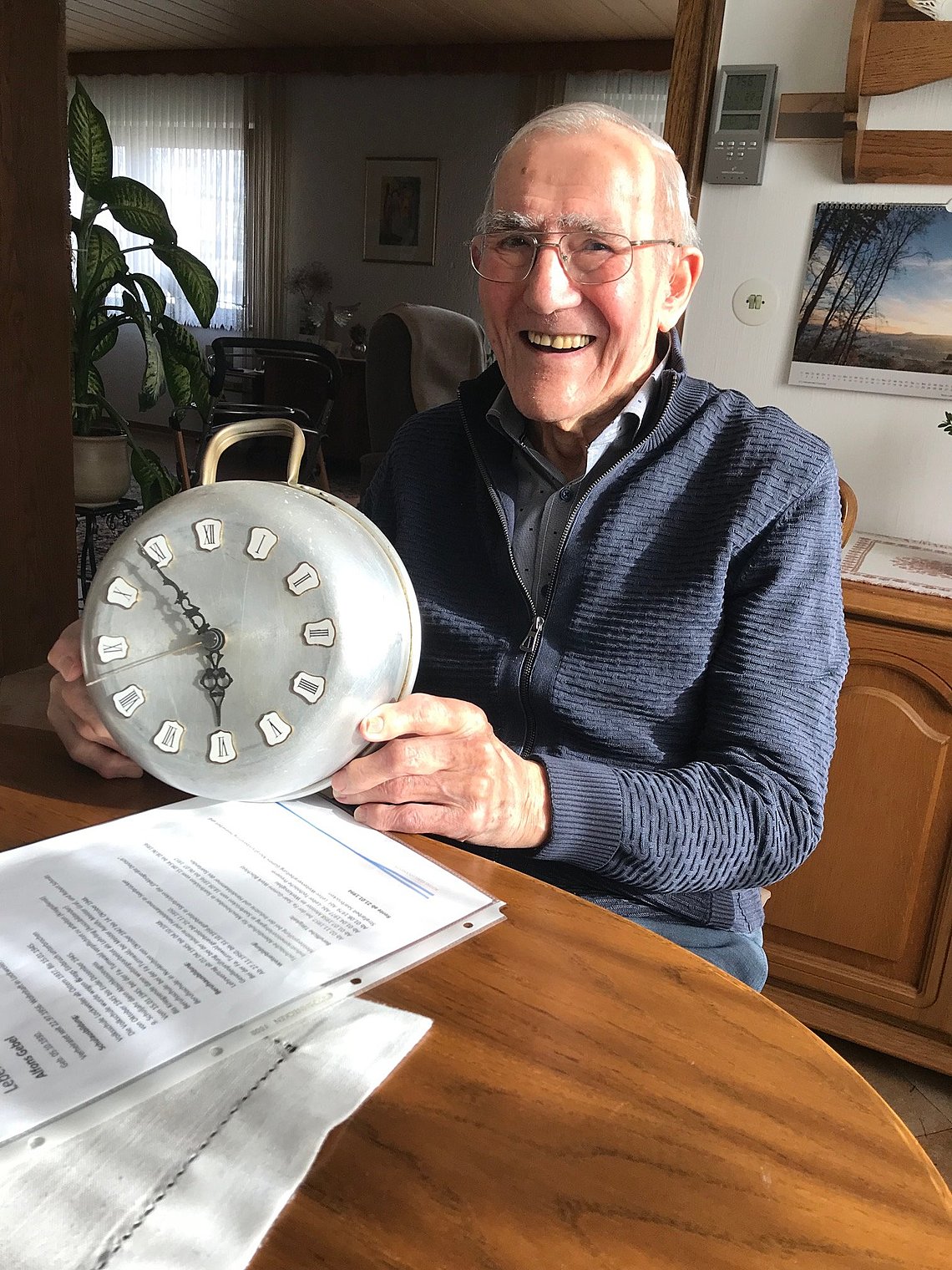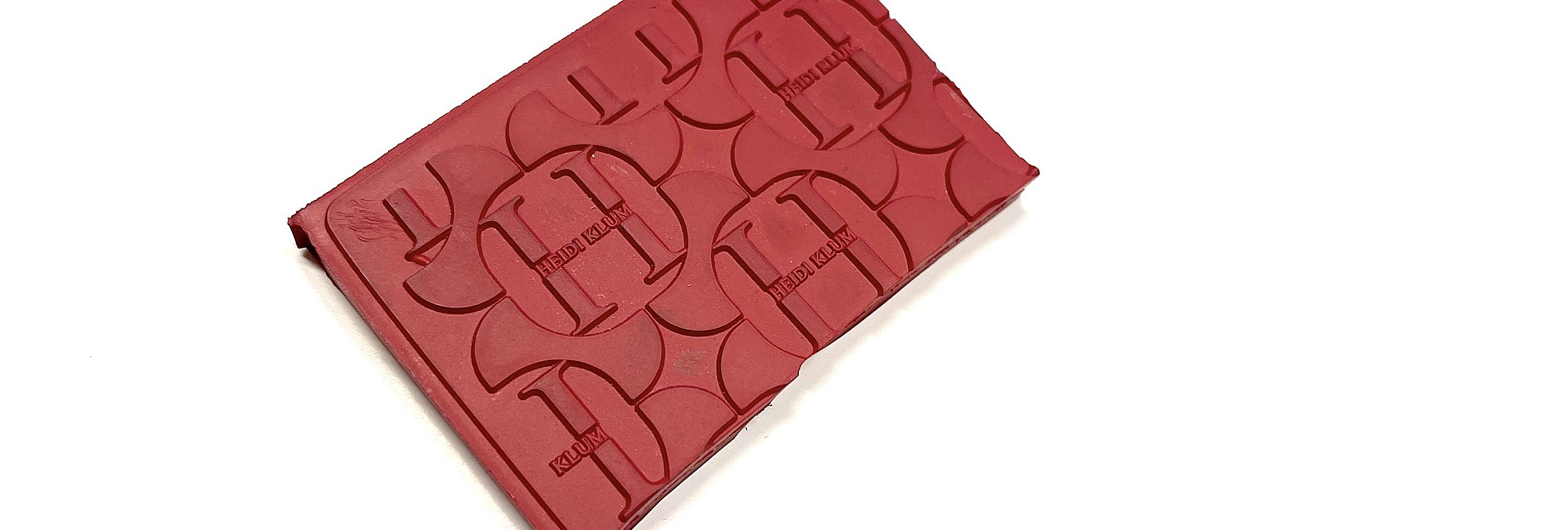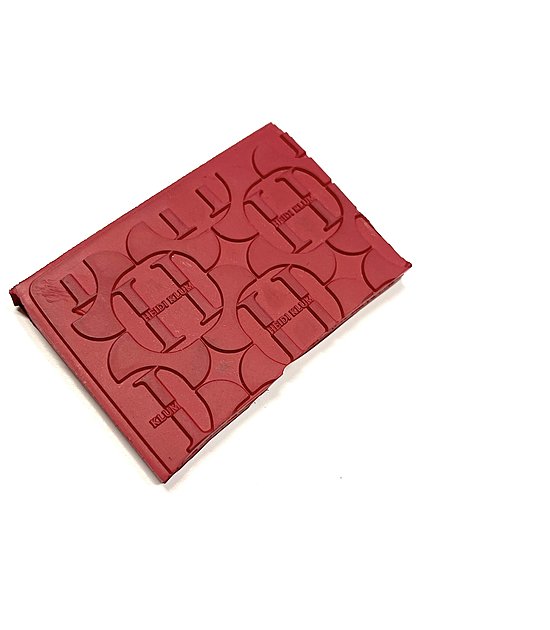Soling sheet material for the shoe industry
Tire retreading remained the commercial mainstay of SaarGummi until 1953. But as the retreading business began to decline with the onset of the economic upswing and attendant growth in the new tire business, this segment was abandoned in 1954 and the company began manufacturing shoe soles, flooring and molded parts. At that point in time, the key customers for soles were the large Bata shoe factories in France and the French Economic Union (Algeria, Morocco), which kept the presses running at full capacity for the following years.
The production of soling sheets under the brand names Zellkrepp, Air-crêpe, Sarex, Cellodur and Interdur offered the shoe industry a constantly expanding product range.
At the beginning of the 1970s, 83 % of all shoes made in Germany were fitted with rubber soles. This was mainly due to the fact that these could be processed inexpensively. Another advantage was the multitude of fashionable design options - the SaarGummi collection was always up-to-date in this respect, too.
One important customer was the Lupos company with its safety shoes: For this purpose, the raw mixture was punched directly into the appropriate sole shape and vulcanized onto the shoes right away, instead of later gluing.
A special highlight: A Birkenstock shoe designed by Heidi Klum. Klum presented her new Birkenstock models in Cologne in 2003. SaarGummi was the exclusive manufacturer of soling sheets for this high-quality range and developed a special sole for the Klum collection with Birkenstock. Apart from the typical Birkenstock design, this also featured a Heidi Klum logo.
Alfons Gebel
Like most of his contemporaries in the Saarland, Alfons attended elementary school up to the 9th grade and then went into an apprenticeship. He passed his journeyman’s examination in 1948 in a small company in his homevillage as a toolmaker. In 1950 he decided to do his “Meister” and visited evening school in Saarbrücken, the main town of Saarland. There he also learned that “intellectual capital is more important than filthy lucre”. But in the end, this was not his motivation to exchange his well- filled pay packet at a company in the Saarland’s capital for a lower-paid job at SaarGummi...
... but rather his wife Hedi, whom he had married in 1956 and with whom he no longer wanted to have a weekend relationship after passing his master craftsman’s examination.
So, at the end of 1957, Alfons began his career at SaarGummi in the mechanical workshop, where, after a probationary period, he was hired as a master craftsman on July 1, 1958. As he says himself, he always enjoyed his work very much and there was “not a single day when I didn’t enjoy going to SaarGummi to work”.
In 1977, he became department manager of the technical press shop, which mainly manufactured large Typhon rings for the wastewater industry at the time.
From 1979 onwards, Alfons Gebel also supervised the allocation of homework. The prison in Saarbrücken numbered among his clients at the time. And shortly before his retirement in January 1994, Alfons Gebel made a very special farewell gift: a “feeding bowl” converted into a clock. Today, this gift still has a permanent place in Alfons’ home.

He says: “The community, the familial togetherness and problem solving as a team were something very special. Colleagues have become friends; we have held soccer tournaments and founded a bowling club. Together with our families, we have made many nice trips. I hope that the employees will continue to focus not only on the work and professional success in the future, but also stick together as the “SaarGummi family” and master the economic challenges together”.


